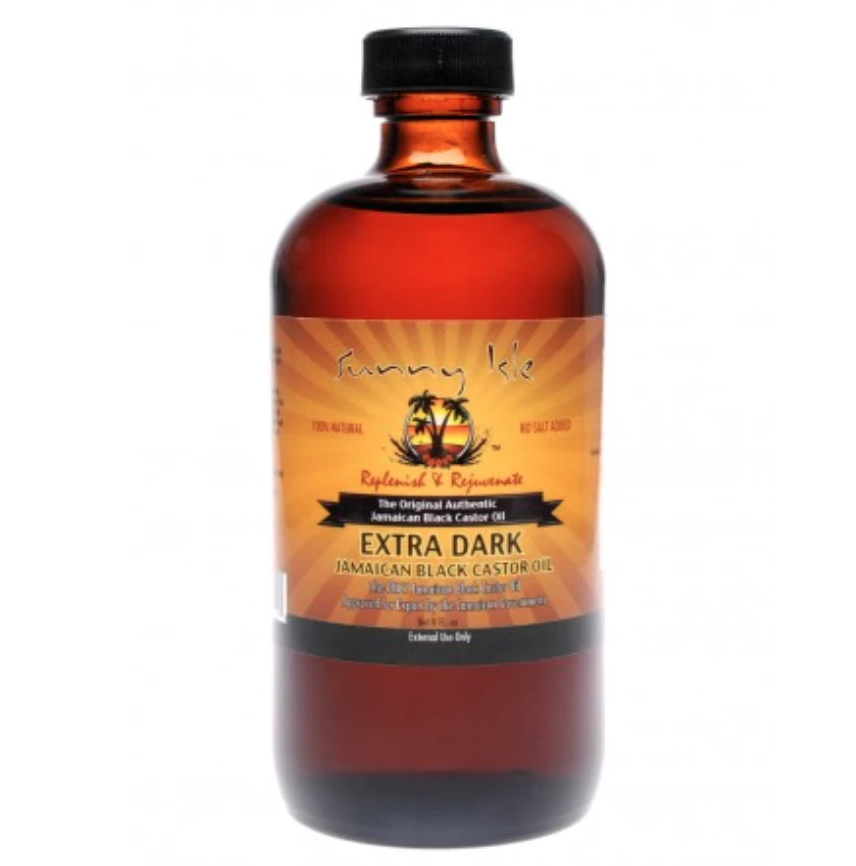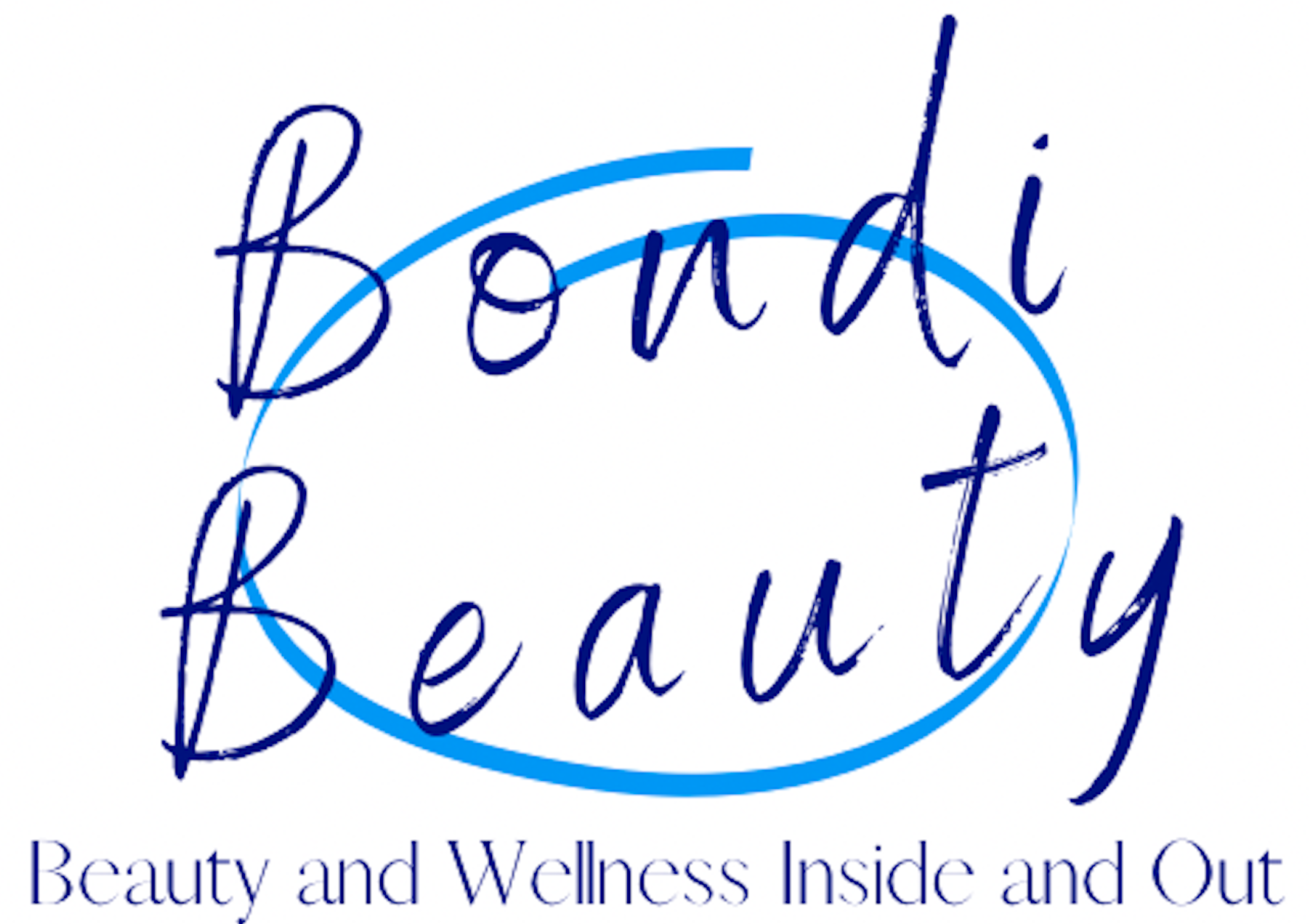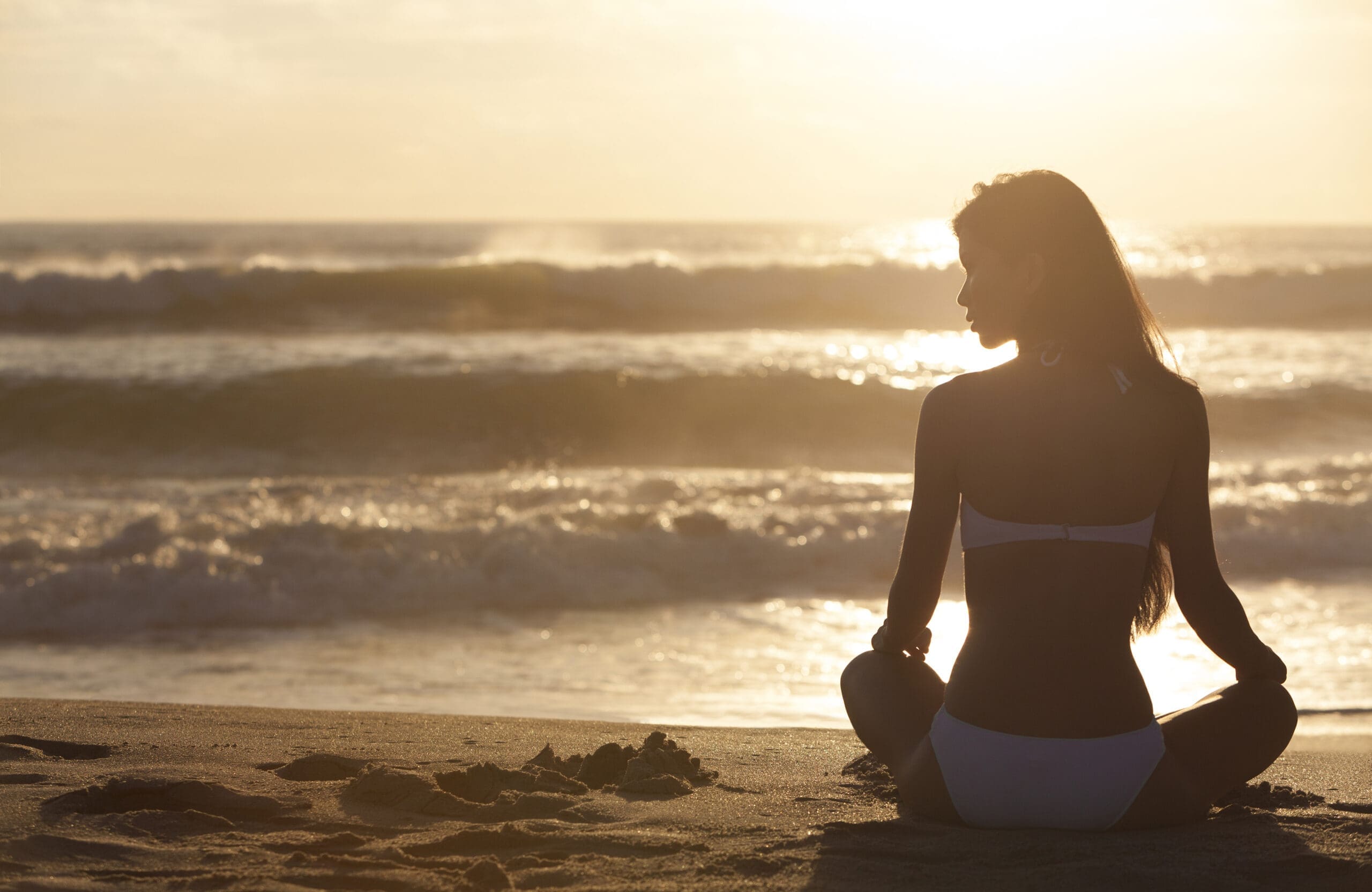Damaged hair? Me too. This is how I repaired it.
At some time in your life, like me, you have no doubt experienced having damaged hair and will know how frustrating it is. The perfect outfit matched with an impeccable face of makeup can be completely offset by hair so badly damaged, it’s just not behaving.
Though we may not care for it when we are younger, it seems that there are a multitude of things we do on a daily basis, which has the ability to wear down and break the hair follicles, leading to dry, damaged and brittle hair.
These include: heat styling like straightening, swimming in salt and chlorine, and did you know even brushing hair can cause damage?
I naturally have dark, thick and curly hair. and prior to it being damaged, my locks were generally healthy and shiny, despite the fact I didn’t have much of a haircare routine.

I used supermarket shampoo and conditioner twice a week and occasionally applied some hair oil to give it some extra shine.
After being a brunette for eighteen years – I got bored and decided to change my hair colour. Little did I know, this would be the biggest mistake I would ever make.
I impulsively spent two hundred euros in a dodgy Croatian hairdresser to transform my twenty six inch brown hair into a deep pink dream.

I loved it – my hair still had good texture and thickness and I loved how the colour gave me a completely different look
However, it was when I washed my hair for the first time after having it coloured, when I saw pink dye flood the shower, I watched my deep pink dream wash away down the drain.
For weeks, I paraded around Europe, exposing my hair to the sun and the ocean. UV rays break down the cuticle, leaving strands dry, damaged, and frizzy. The salt water would remain in my hair for hours, completely sucking the life out of it. At this point I wasn’t using any protective hair products whatsoever.
Each time I washed my hair, more and more of the colour would fade away, leaving me with a dry rusty pink shade in my hair. I began to see the damage that was done.

Not only was the colour and health of my hair completely stripped and ruined, the texture and natural waves my hair normally holds were forfeited too. My hair was dull and had no shape to it. To hide the lifeless shape of my hair, I began to straighten it on a daily basis – another big mistake.
To put it simply, straightening your hair with a flat iron every day is condemning your hair to burn and damage. When you add too much heat to your hair, you are completely breaking hair bonds and the bonds can’t be reformed again.
After returning back home to Sydney from Europe, I made matters even worse. To get rid of the now remaining horrible pink shade left in my hair, I made the decision to switch to blonde. This only added to the stress, dryness and breakage my hair was already under.

In order to achieve the lighter colour I was after, the salon had to bleach my hair. Bleach works by going into the hair shaft and reacting with the stable pigment molecules, breaking them down into components that will wash right out of your hair and down the drain. But when it does that, it also breaks down the natural fatty acids on the hair shaft, weakening the strand.
Finally, I decided to call it quits on colouring my hair, return back to my natural colour, opting to never ever dye my hair again in an attempt to restore my hair back to its former glory.
Three years on and I’m still in the process of repairing my hair.

I have managed to restore some health and curl back to my hair by following a rigorous recovery hair care routine sourced from professionals which are a mixture of:
- Investing in the right products. Don’t spend $8 on a conditioner from a supermarket after paying for a $250 haircut. Give your hair what it deserves and use hair healing products such as Olaplex. Olaplex uses patented active chemistry works on a molecular level to repair damaged and broken bonds in the hair that are caused by chemical, thermal, and mechanical damage. It’s the only conditioning brand I use on my hair now.

2. Avoid Heat: Whilst healing damaged hair, avoid applying heat to hair at all costs. I haven’t blow dried or straightened my hair in almost 2 years.

3. Shampoo as little as possible – I don’t shampoo at all. Shampoo is designed to clean the scalp and remove excess oil. But if it’s overused or if you work it all the way down the length of your hair, shampoo can damage your hair. Shampoo strips the important oils the scalp produces and can leave the hair and scalp too dry.
If you prefer to shampoo, the Maui Moisture Agave Shampoo is the perfect balance – it’s gentle enough for fragile strands while increasing elasticity & helps resist breakage.
4. Jamaican Castor Oil is an amazing product for hair that also gives you bang for your buck. It will moisturise, thicken, strengthen and rapidly increase hair growth by massaging a small amount to the scalp. It increases blood flow to the scalp, supplying valuable nutrients to hair follicles. Jamaican Black Castor Oil will also prevent hair breakage, dandruff, eczema and a dry, itchy scalp.

5. Trim the ends regularly. The cold hard truth is that there is no way to re-bond split ends, you can only temporarily improve the appearance of your hair with good products meaning in order to get back to a full thick head of hair you will need to cut off ALL damaged hair at some point.
6. Natural Oils: Once a month drench your hair in Olive Oil or Coconut Oil and let it sit for a few hours then wash it out. Whenever I know I’ll be in the sun all day and swimming in salt water, I will do this in the morning to protect my hair from drying out in the sun and salt damage. The summer heat leaves the cuticle open and more porous, so your hair will absorb the oil.
7. Never brush hair when wet: that’s when it is at its weakest and becomes more fragile and susceptible to breakage, split ends and damage. Even worse you can actually pull hair from the roots that way. If you insist on brushing, start from the very ends and slowly and gently work your way up.
8. Don’t use a thick towel to dry hair: use a t-shirt or silk towel. The coarse texture and dryness of a cotton or terry cloth towel can cause damage to the hair and this can worsen split ends and cause small craters along the hair shaft, weakening the hair.
9. Put hair up at night: Wear protective hairstyles when sleeping like a plait or bun to avoid your hair twisting and knotting during the night.
Diet also plays a factor in hair growth. These tips are also great for anyone looking to improve overall hair health.
My advice is think very carefully before dying your hair, particularly if you have darker hair like me.



